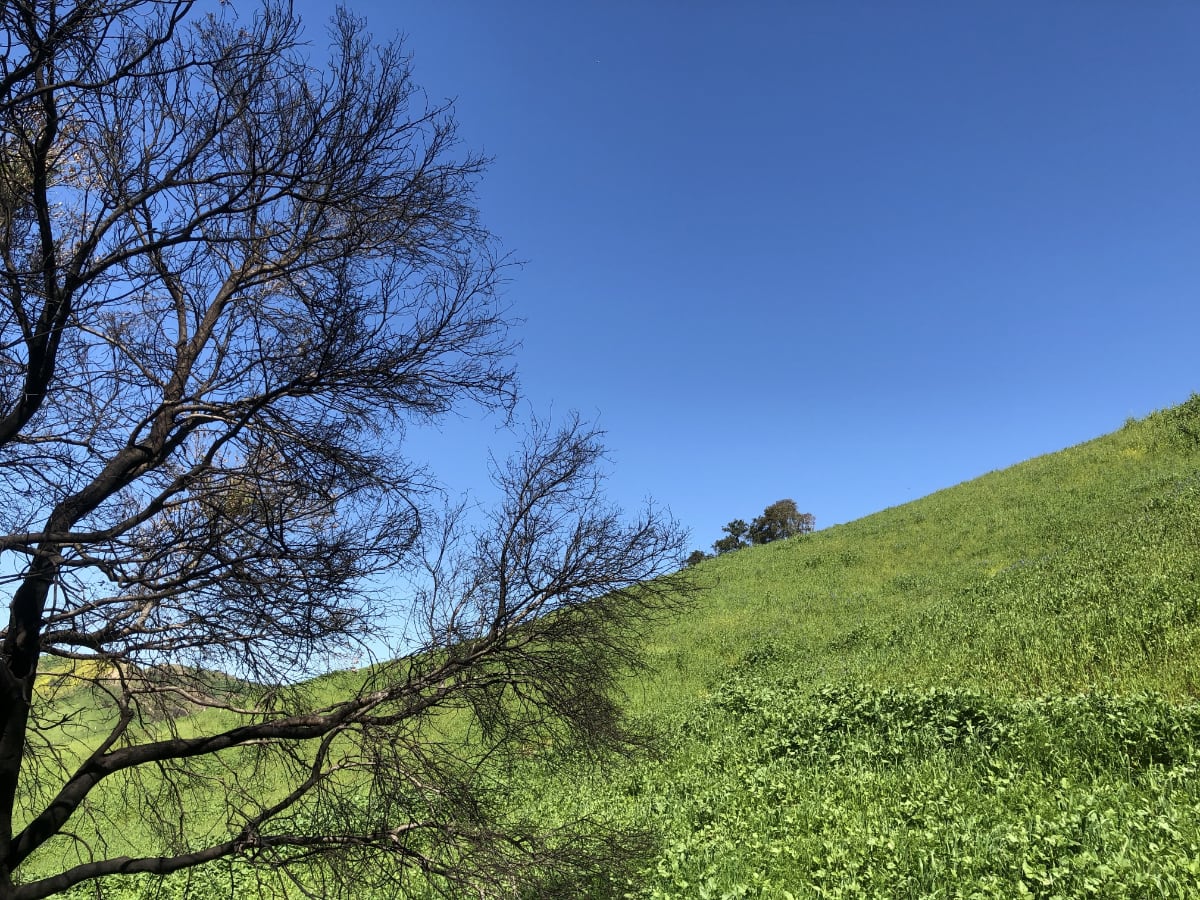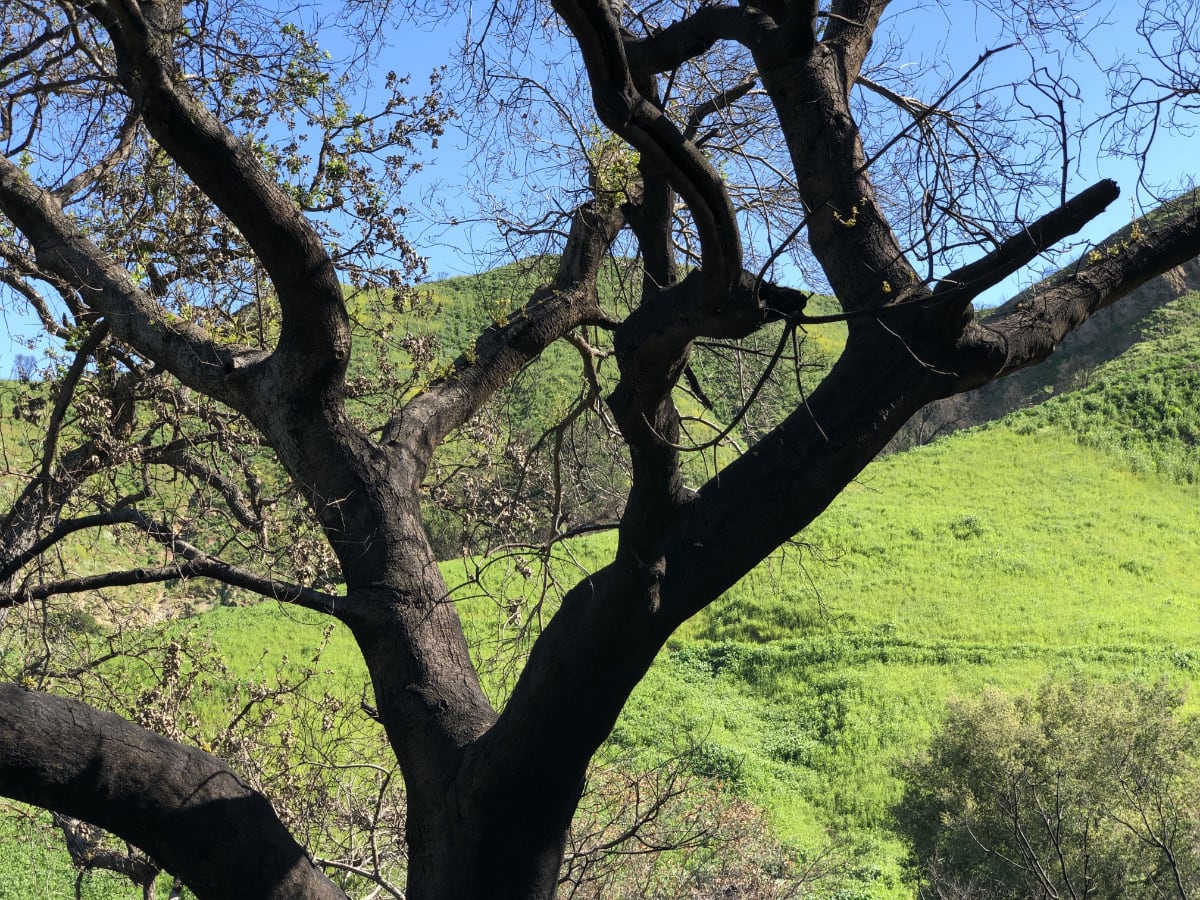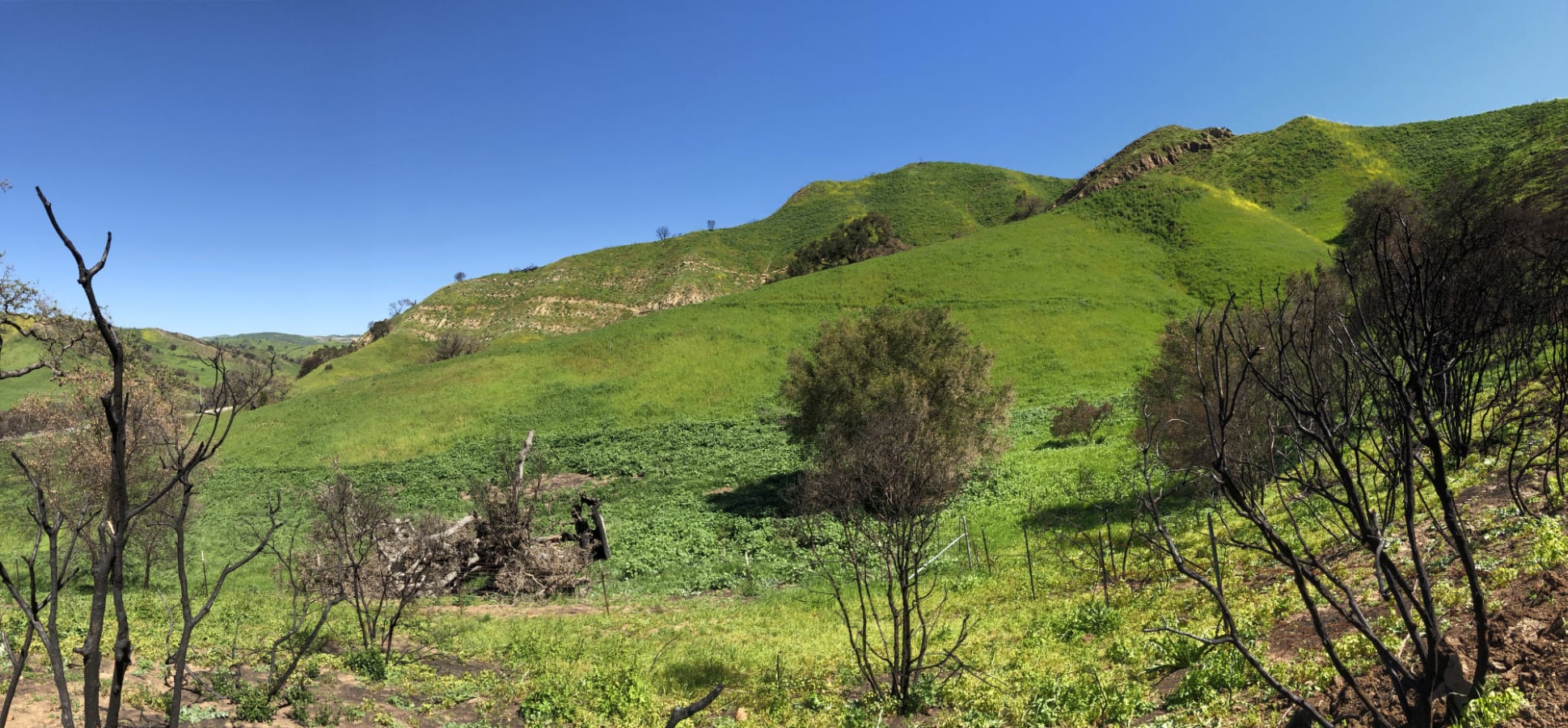Las Virgenes View Trail
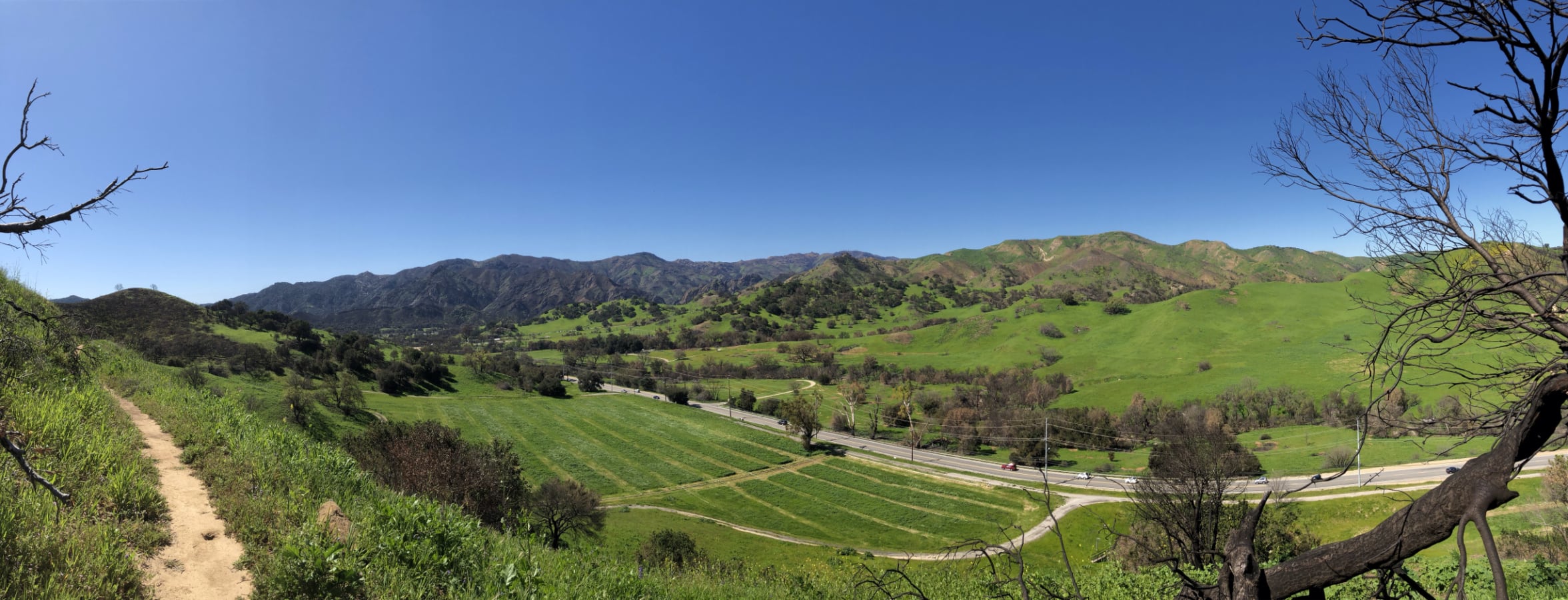
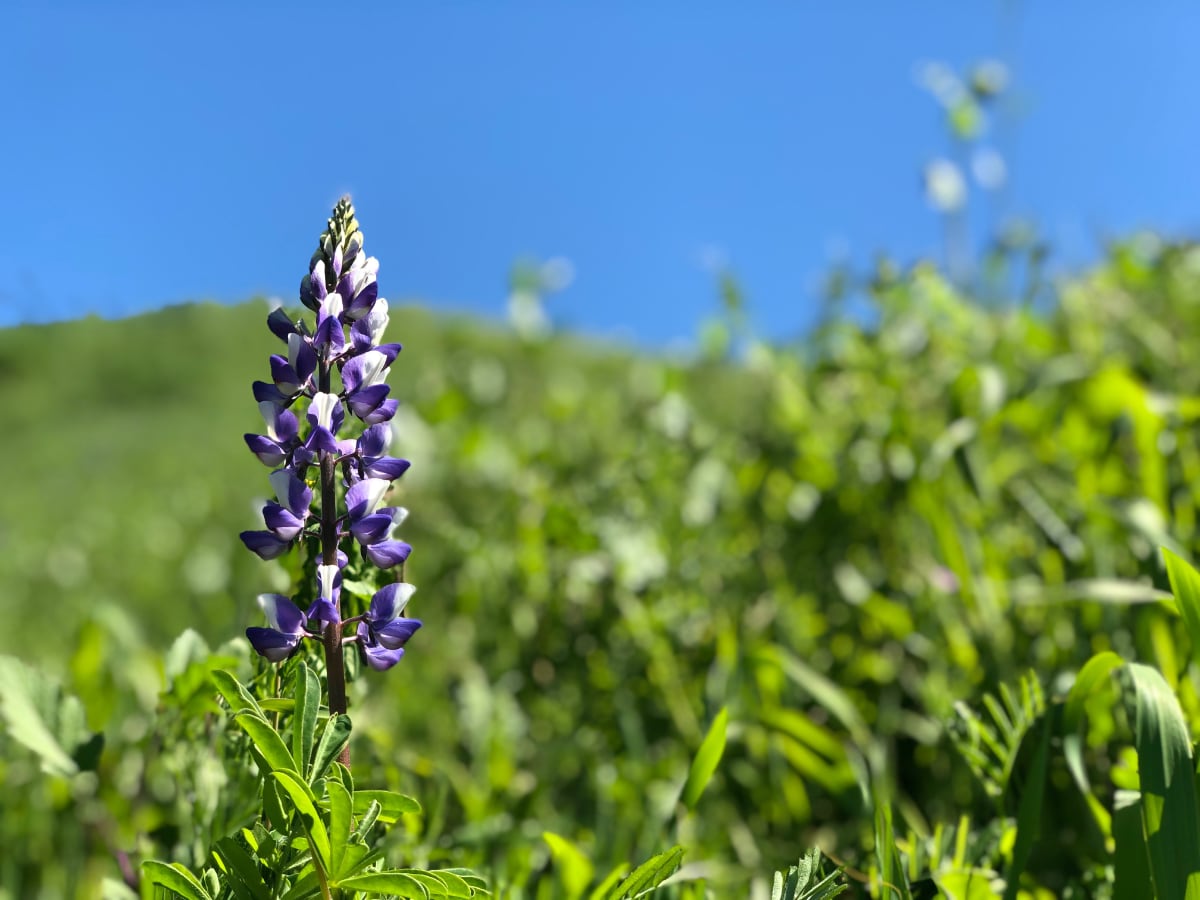
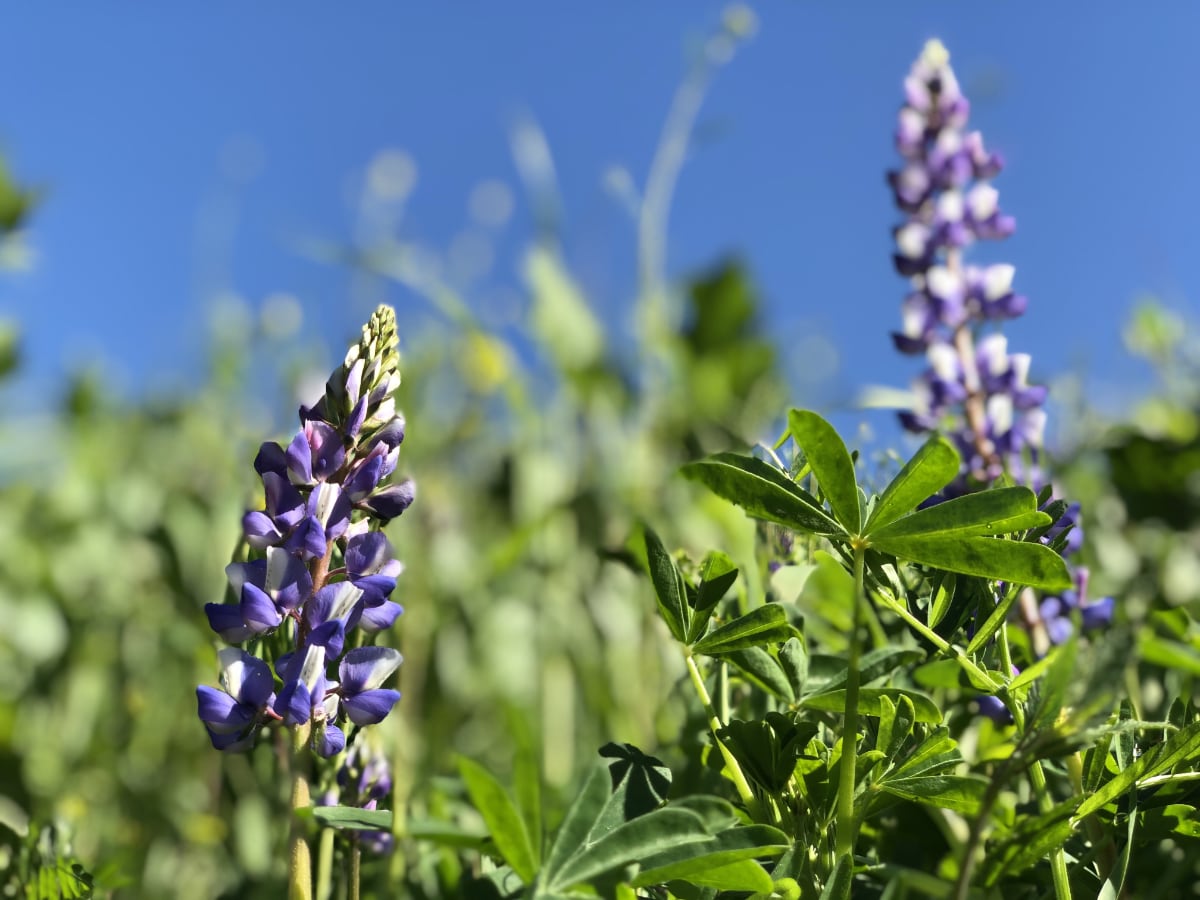

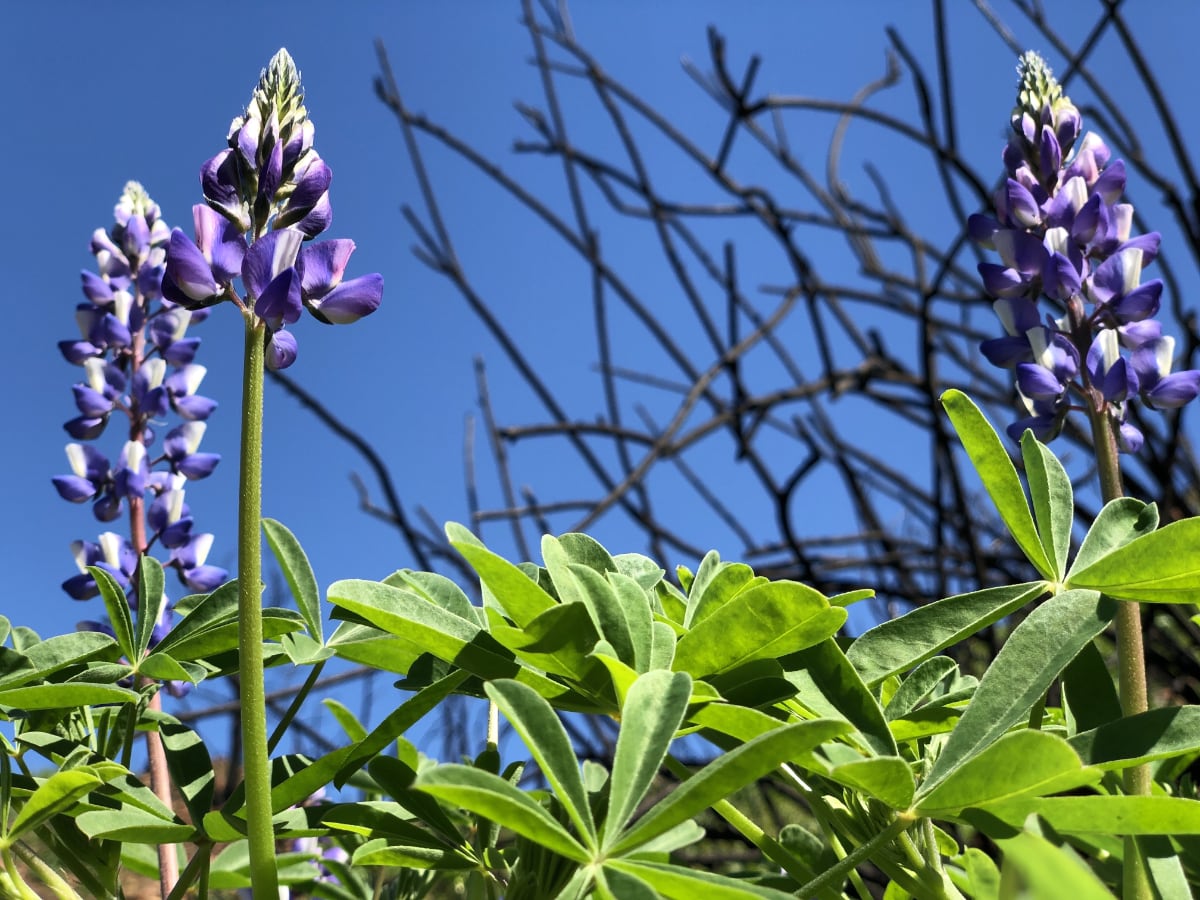
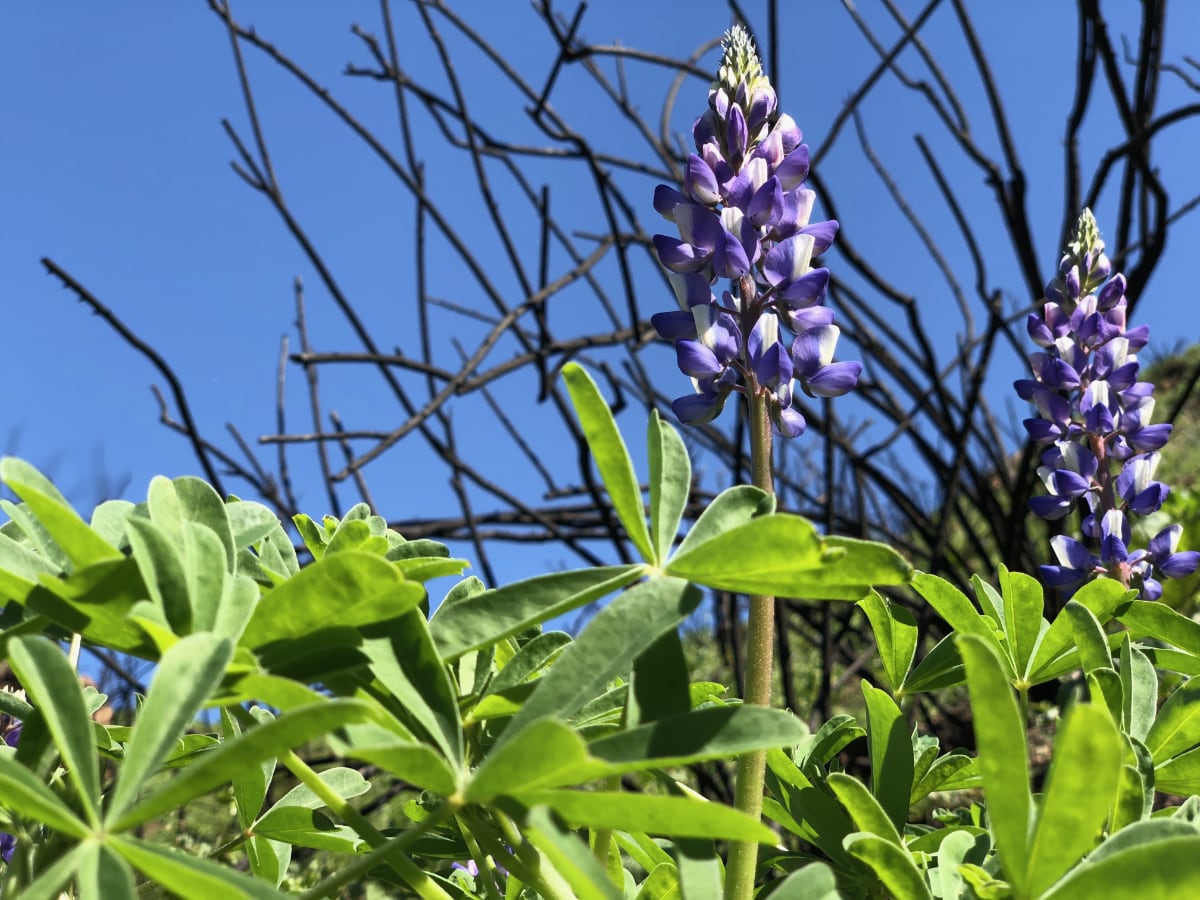
Consumed throughout the Mediterranean region and the Andean mountains, lupins were eaten by the early Egyptian and pre-Incan people and were known to Roman agriculturalists for their ability to improve the fertility of soils.
In the late 18th century, lupins were introduced into northern Europe as a means of improving soil quality, and by the 1860s, the garden yellow lupin was seen across the sandy soils of the Baltic coastal plain.
The first steps to truly transform the lupin into a contemporary, domesticated crop were taken in the early 20th century. German scientists attempted to cultivate a ‘sweet’ variety of lupin that did not have the bitter taste (due to a mixture of alkaloids in the seed), making it more suitable for both human and animal consumption.
The successful development of lupin varieties with the necessary "sweet gene" paved the way for the greater adoption of lupins across Europe and later Australia.
Further work carried out by the Western Australian Department of Agriculture and Food during the 1950s and '60s led to more sweet lupin crops produced in Western Australia now than anywhere else in the world.
Las Virgenes View Trail Reopens
It is amazing how life springs back after wildfires.
The Woolsey Fire ignited on November 8, 2018 and burned 96,949 acres. The fire raced through the chaparral-covered steep canyons where it encountered historic movie and TV sets, small ranches, and the homes of celebrities.[11] Hundreds of homes in Malibu were destroyed or damaged on both sides of Pacific Coast Highway. Many of these were on Point Dume that juts out from the narrow coastal terrace that lies between the mountains and the Pacific Ocean. While the firefighters successfully protected Pepperdine University to the south, the entire portion of the Malibu coast west to the community of Solromar suffered damage from the fire.
